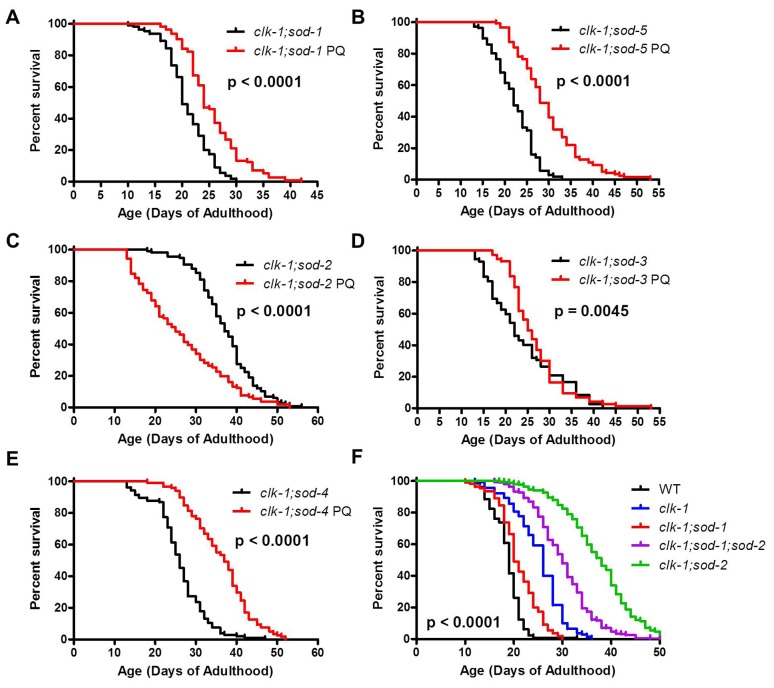Figure 8. Mitochondrial superoxide increases the lifespan of worms with a detrimental level of cytoplasmic superoxide.
To further test the extent to which superoxide has different effects on lifespan depending on which subcellular compartment it is in, mitochondrial superoxide levels were increased through treatment with 0.1 mM paraquat. A,B. Despite the fact that clk-1;sod-1 and clk-1;sod-5 worms have decreased lifespan compared to clk-1 worms resulting from elevated cytoplasmic superoxde levels, both double mutants showed increased lifespan when treated with paraquat. C. This is in contrast to clk-1;sod-2 worms that exhibit a decrease in lifespan when mitochondrial superoxide levels are further increased. D,E. clk-1;sod-3 worms exhibited a small but significant increase in lifespan when treated with paraquat, while clk-1;sod-4 worms exhibit a robust increase. F. clk-1;sod-1;sod-2 worms show increased lifespan compared to clk-1;sod-1 worms, but decreased lifespan compared to clk-1;sod-2 worms. This indicates that increasing mitochondrial superoxide through the deletion of sod-2 can increase the lifespan of clk-1;sod-1 worms, while increasing cytoplasmic superoxide through the deletion of sod-1 can decrease the lifespan of clk-1;sod-2 worms. This indicates that mitochondrial and cytoplasmic superoxide have opposing effects on lifespan.

